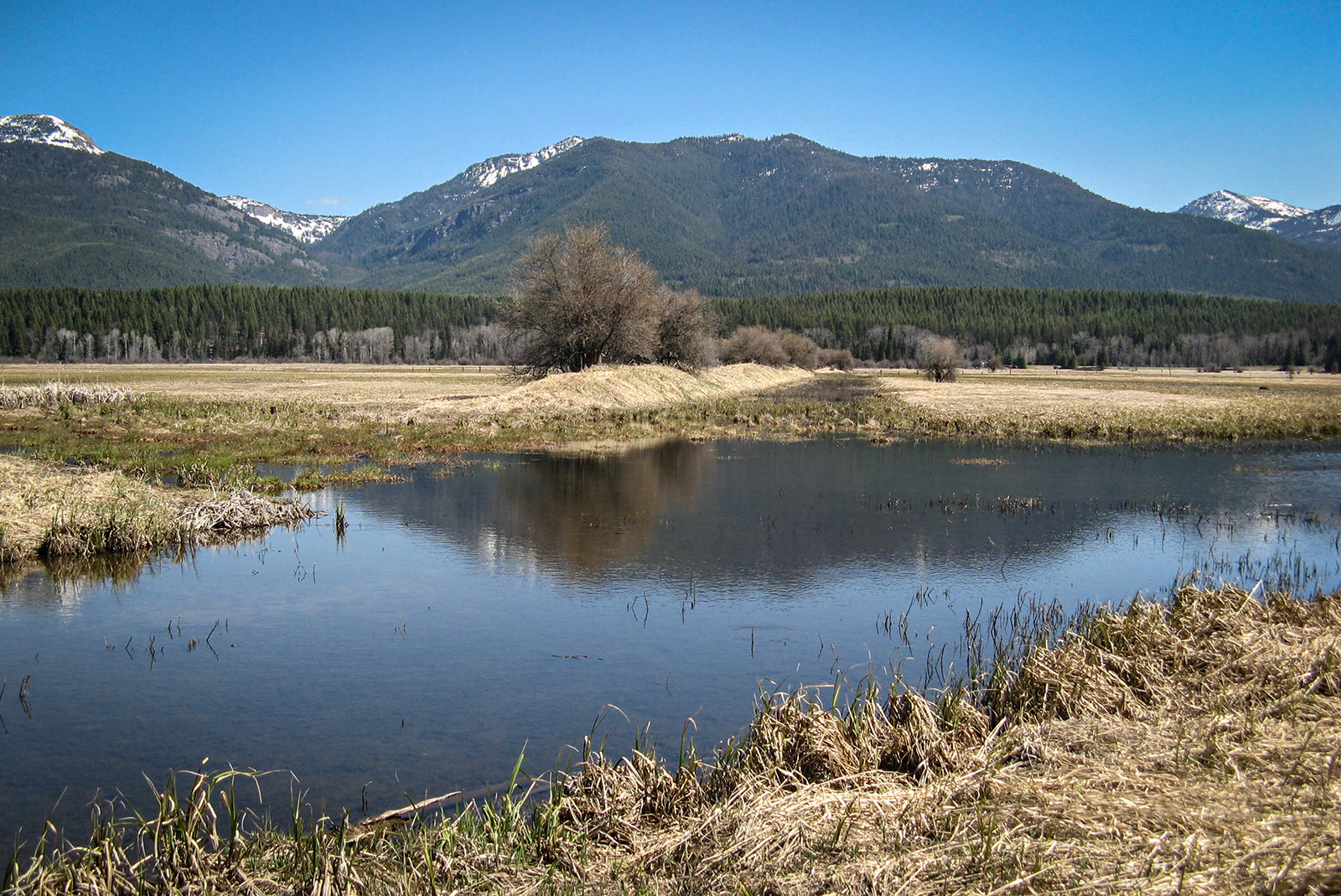Swan River National Wildlife Refuge Receives $1M Grant for Wetland Restoration
Project area covers 600 acres of wetlands that were ditched and drained during homestead era
By Tristan Scott
Wetland restoration at the Swan River National Wildlife Refuge received a critical funding boost this week in the form of a $1 million grant to restore natural water flows to wetlands that were ditched and drained during the valley’s homesteading era a century ago.
Swan Valley Connections, in partnership with the U.S. Fish and Wildlife Service (USFWS), is the recipient of the North American Wetlands Conservation Act (NAWCA) grant to restore the local wetlands and complete other projects this summer and fall.
The restoration area covers 600 acres of the 1,979-acre refuge, which is located near the village of Swan Lake, according to the project description. The restoration will benefit native plants, waterfowl, and a host of other wildlife species that use the refuge as habitat. Healthy wetlands also help with water quality improvement by filtering out fine sediment that can be harmful for native fish spawning habitat, serving as flood and carbon storage, and purifying polluted waters.
Before becoming a wildlife refuge, the land skirting the inlet of Swan Lake was homesteaded as hay fields, pastures, and even a muskrat fur farm. In the first part of the 20th century, homestead-era landowners created ditches to drain the wetlands, which negatively impacted habitat for mallards, pintails, geese and other wildlife.
Crews will begin work this summer to restore more natural water flow, following a plan drafted by River Design Group, a Whitefish-based restoration firm that engineered a large-scale project at the Lost Trail National Wildlife Refuge near Marion. The nonprofit Swan Valley Connections will oversee the work, along with the USFWS and hydrologists with River Design Group.
Depending on conditions, work is to begin this summer and be completed by late fall.
“This NAWCA grant has provided critical funding for the Swan Refuge wetland restoration project that otherwise didn’t exist,” Luke Lamar, conservation director for Swan Valley Connections, explained in a prepared statement. “This is just another example of how Swan Valley Connections is partnering with our government agencies, other local organizations, and private landowners to help expand their capacity and stewardship of the landscape. The overall project will continue to build upon the conservation legacy within the Swan and Blackfoot Valleys.”
In addition to the Swan River Refuge, the grant will be used to conserve and restore 3,279 acres on public and private lands in the Swan and Blackfoot valleys.
Approximately 25% of the funds will help to purchase a conservation easement on private property within the Blackfoot watershed and will go to the Big Blackfoot Chapter of Trout Unlimited for a stream restoration project in the Blackfoot.
U.S. Secretary of the Interior Deb Haaland recently announced that the Migratory Bird Conservation Commission approved $78 million in grant money to provide the USFWS and its partners with support conserving or restoring nearly 500,000 acres of wetland and associated upland habitats for waterfowl, shorebirds, and other birds across North America. The grants, made available through NAWCA, will be matched by nearly $125 million in partner funds.
NAWCA is the only federal grant program dedicated to the conservation of wetland habitats for migratory birds. Since 1989, funding has advanced the conservation of wetland habitats and their wildlife in all 50 U.S. states, Canada, and Mexico, while engaging more than 6,500 partners in over 3,100 projects.
To learn more about the Swan River Refuge, or to take a virtual tour, visit swanvalleyconnections.org.